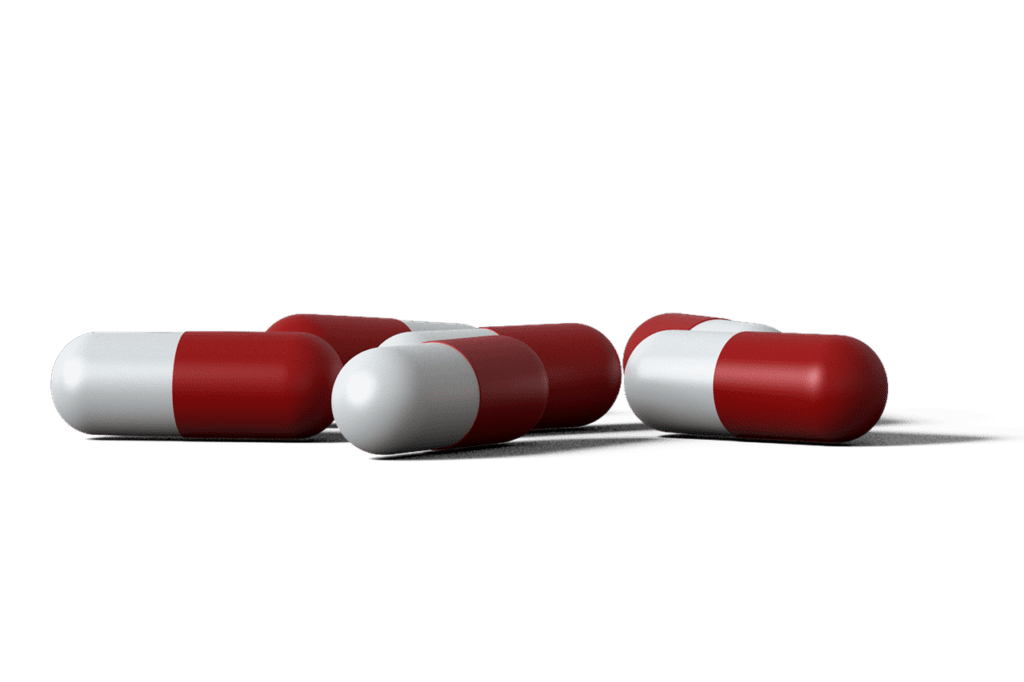The U.S. Food and Drug Administration (FDA) has just approved a drug called Darzalex (daratumumab) in combination with the drug Velcade (bortezomib), melphalan, and prednisone (known collectively as VMP) for patients who have been recently diagnosed with multiple myeloma but are not eligible for autologous stem cell transplant, reports CNBC.
Multiple myeloma, also known as bone marrow cancer, is a form of cancer that can affect many areas of the body, including the spine, pelvis, skull, and ribs. It affects the bones and blood cell production. People with multiple myeloma often experience tiredness, aches and pains, frequent infection, and weak bones, among other symptoms. Unfortunately, most of the patients that are diagnosed will not be cured. Patients are often given drugs to control and prevent relapses of cancer and to counteract its symptoms. Research into this area is on-going.
The recent decision of the FDA to approve Darzalex to be used with VMP is a step forward in the treatment of multiple myeloma. The decision follows a Phase 3 clinical trial of the drug that found encouraging results. Treatment using a combination of Darzalex and VMP was found to decrease the risk of death or disease progression by 50% compared to when VMP was used alone. The combination therapy also produced higher response rates than VMP alone (91% compared to 74%), and higher complete or partial response rates (43% versus 24%).
However, the drug also is associated with a greater risk of some side effects. Patients taking both Darzalex and VMP were found to 48% chance of developing an upper respiratory tract infection compared to 28% for the VMP alone condition. However, the drug is hoped to improve treatment options for patients. Multiple myeloma can become harder to treat after relapse, so initial treatments that lead to long-term remission are particularly important.
This is the fifth time the FDA has approved Darzalex. The FDA approval of the drug was granted in November 2015 when it became available as a monotherapy to U.S. patients who had received at least three lines of therapy already, including specified treatments.







